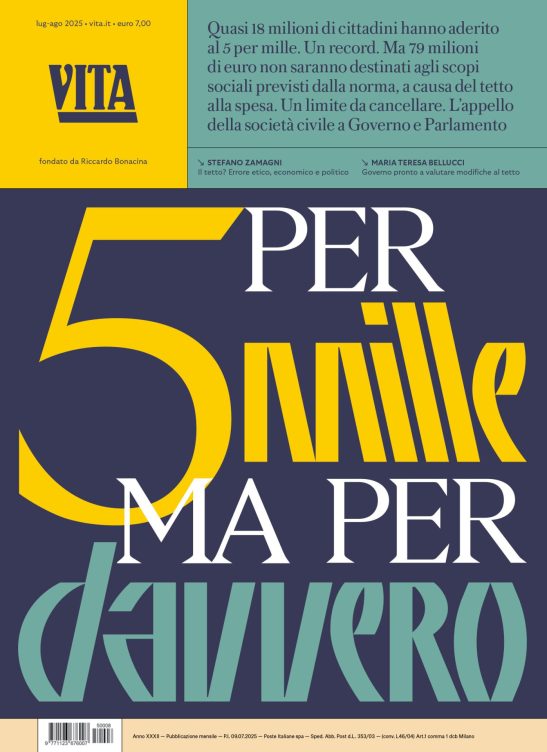EU: Commission calls for more predictable and more effective development aid
While the EU is continuing to increase its aid effort, the challenge for the next years will be reducing the debt-relief component
di Redazione
<i>by Consorzio Civica</i> (info@civica.cc)
Three communications adopted by the European Commission demonstrate that on the whole the EU is on the right track regarding compliance with its commitments to greater public development aid, aid for trade, and aid effectiveness. According to figures for public development aid published by the OECD, the European Union is continuing to increase its aid effort and is consolidating its status as the world’s leading donor, giving 57% of total aid.
In 2006 European aid rose to 0.42% of GNI, exceeding the 0.39% objective set for the year. In real terms European aid (Member States plus Commission) in 2006 ran to some eur 48 billion, nearly eur 100 per citizen per year. By way of comparison, aid given by the United States and Japan was about eur 53 and eur 69 respectively. In 2006 Sweden, Denmark, the Netherlands and Luxembourg devoted more than 0.80% of their national income to development aid, and Sweden was even above the 1% mark. What is just as remarkable is that the ten Member States that joined the EU in 2004 have doubled their development aid since then. External debt forgiveness for the developing countries is a great boost to development and reducing poverty, and it counts as development aid on the OECD criteria. But it is still by definition a one-off measure. The challenge for the next few years will be to continue increasing development aid overall while reducing the debt-relief component.
The communication on aid for trade reports that the poorest countries? share of international trade remains marginal in spite of the tariff preferences they enjoy, especially on the European market. In 2005 the EU committed to raising its annual aid for trade effort to eur 2 billion by 2010, half of it to come from the Commission and half from the Member States. With their current eur 300 million, the Member States are far from reaching their target, whereas the Commission is already giving eur 840 million. A renewed effort will be needed. Among other measures the Commission is proposing an intermediate target of eur 600 million for the Member States in 2008, a sizeable proportion of the resources being earmarked for the ACP countries in the context of the Economic Partnership Agreements (EPA) which the Commission is currently negotiating with six regional groupings.
Nessuno ti regala niente, noi sì
Hai letto questo articolo liberamente, senza essere bloccato dopo le prime righe. Ti è piaciuto? L’hai trovato interessante e utile? Gli articoli online di VITA sono in larga parte accessibili gratuitamente. Ci teniamo sia così per sempre, perché l’informazione è un diritto di tutti. E possiamo farlo grazie al supporto di chi si abbona.
